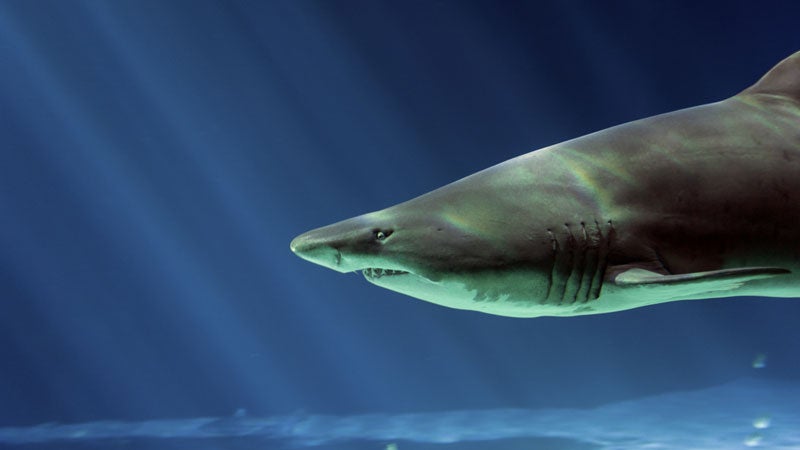Since 2010, seven people have lost their lives in the waters of Western Australia due to shark attacks. That spike has driven away tourists and spiked consternation among local surfers, divers, and other recreationalists. The regional government responded by found near public beaches, including at least one tiger shark. Perhaps not surprisingly, the program has , including celebrities like Ricky Gervais and Richard Branson, who called the move unnecessary and said it would only repel more tourists.
Many surfers and others who put themselves at risk by entering the water are outraged and say the program will do nothing to reduce attacks, pointing to a starting in 1959 that destroyed thousands of sharks without impacting the frequency of attacks. But in some surf communities, such as in , where some of the attacks occurred, the sentiment varies.
“That is a really environment- and conservation-based society, but they have gone from ‘Save the tree frogs!’ to ‘I support the shark cull!'” says Lindsay Lyon, a Joondalup-based surfer and entrepreneur who owns a company that manufacturers a .
He says surfers should acknowledge the risks inherent in entering shark habitat and realize that drowning claims far more lives that shark attacks. He equates the cull to “killing all the grizzly bears so you can hike in Alaska.”
Yet, Lyon is also benefitting from another aspect of the government’s strategy to make beaches safer: “The government has just given my company $300,000 to go forward with an innovation and they鈥檝e given millions more to universities,” he says, to research ways to prevent shark attacks.
One of the means by which sharks and rays locate prey is through electrical receptors in a small sac, called the Ampullae of Lorenzini, inside their snouts. is an electronic device that emits pulses that, when submerged in saltwater, create an electrical field around the person wearing it. The idea behind the product is that once a shark enters this field, its receptors are overloaded and it swims away. Shark Shield has been around for 15 years, but is mostly used by divers and spear fishermen because it is large and its form-factor does not lend itself to surfing. But with the government grant, Shark Shield plans to manufacture a surf-specific version of the system that integrates into a surfboard’s fins.
Lyon feels the regional government鈥攚hich received a 6-month pass from the federal government to deploy the cull because great white sharks are a protected species in Australia, a safeguard this program clearly violates鈥攚ill conclude at the end of its current 6-month timeline.
While he disagrees with the culling strategy, Lyon is obviously quite grateful for the sizeable government grant his company is now using to breach a major hurdle to his product’s growth: selling to surfers. (Honolulu-based Electronic Shark Defense System makes an electronic deterrent that is mounted in an ankle strap and customized for surfers, but it creates a smaller electronic field around the user.)
It’s worth noting that, despite pockets of support of the cull among Aussie surfers, a great many of them are outraged by the program and are among the protestors. The group even includes some surfers who have survived shark attacks in the region.
Dennis O’Donnell runs the on Maui and says he cannot keep shark deterrents in stock, following a spike in attacks off Maui last year, which included two fatalities. He is vehemently opposed to shark culls, and says surfers need to recognize that the ocean is the shark’s habitat and accept the inherent risk of entering it. He also points out that, while last year did see an unusually high number of shark incidents, being in the water is still a relatively small risk, noting that 16 people died in automobile accidents on Maui in the same time frame.
As for the cull and heightened fear of sharks in Western Australia, Lyon says, “I’ll tell you who is to blame鈥攖he media. They have this on the front page every day. They are turning the public into a frenzy and they’re scared. There are [now] less people at the beach by a magnitude.”


